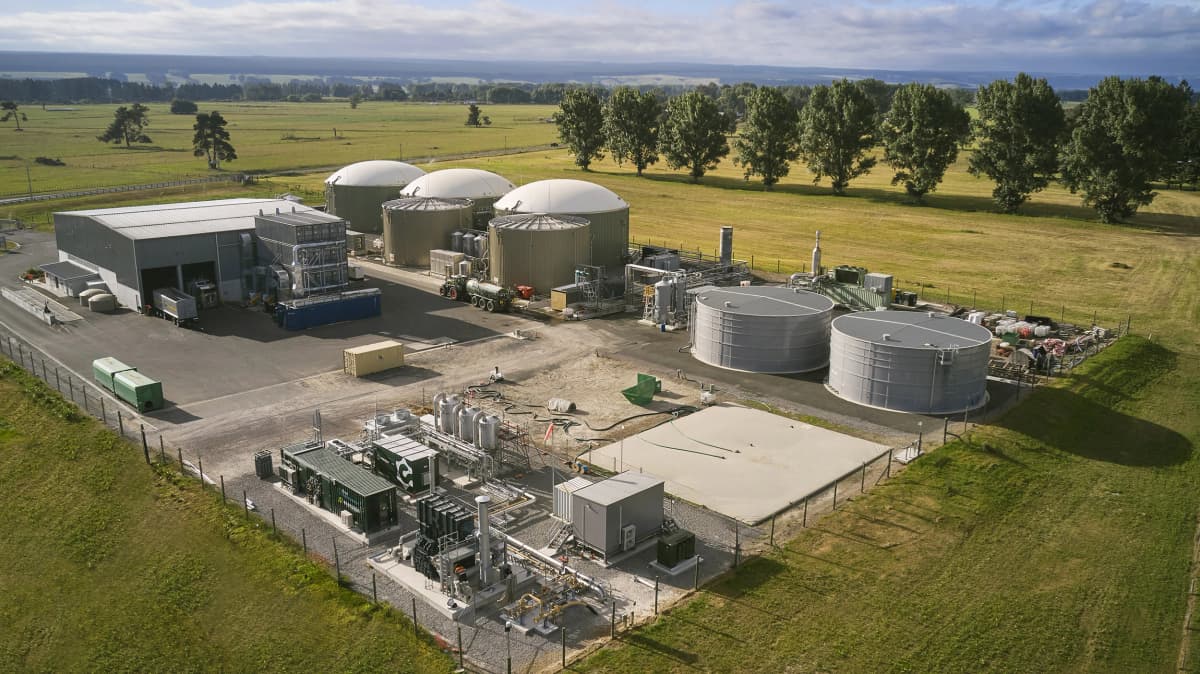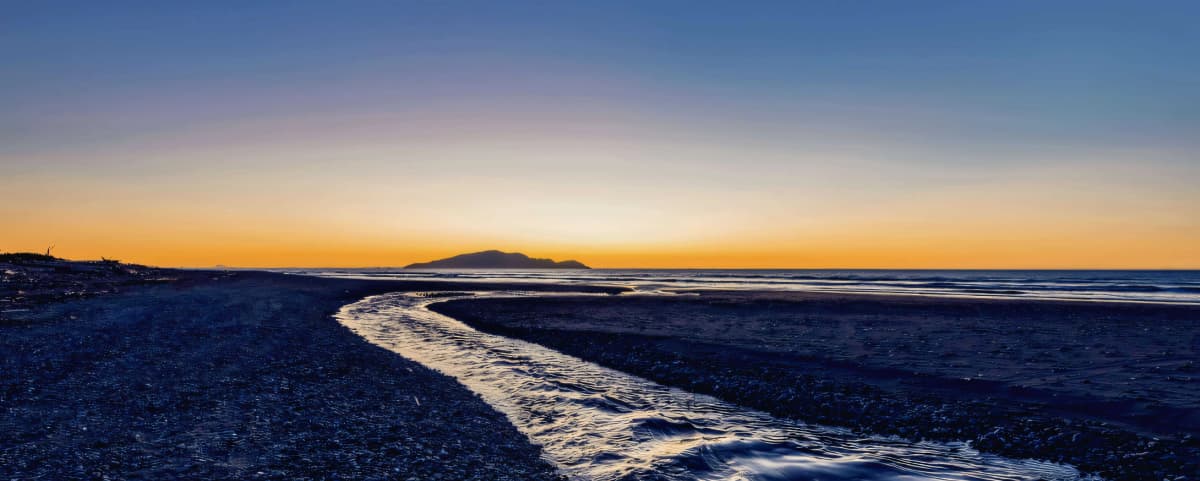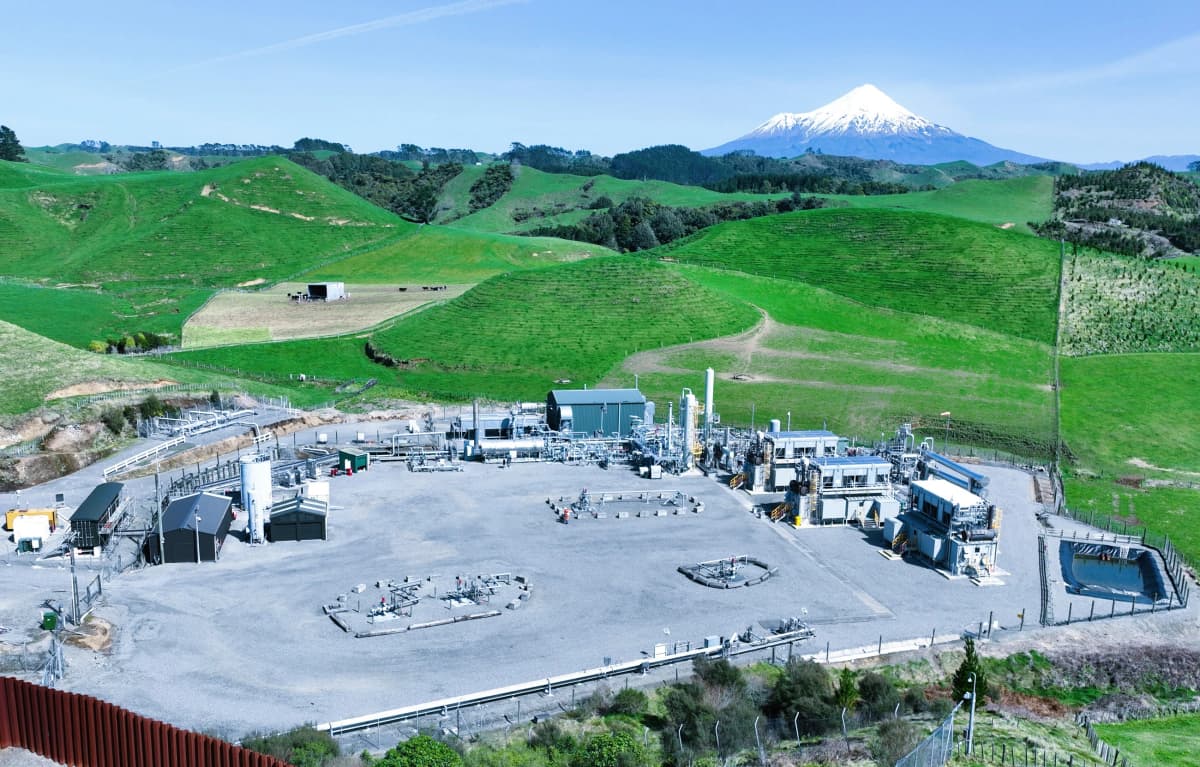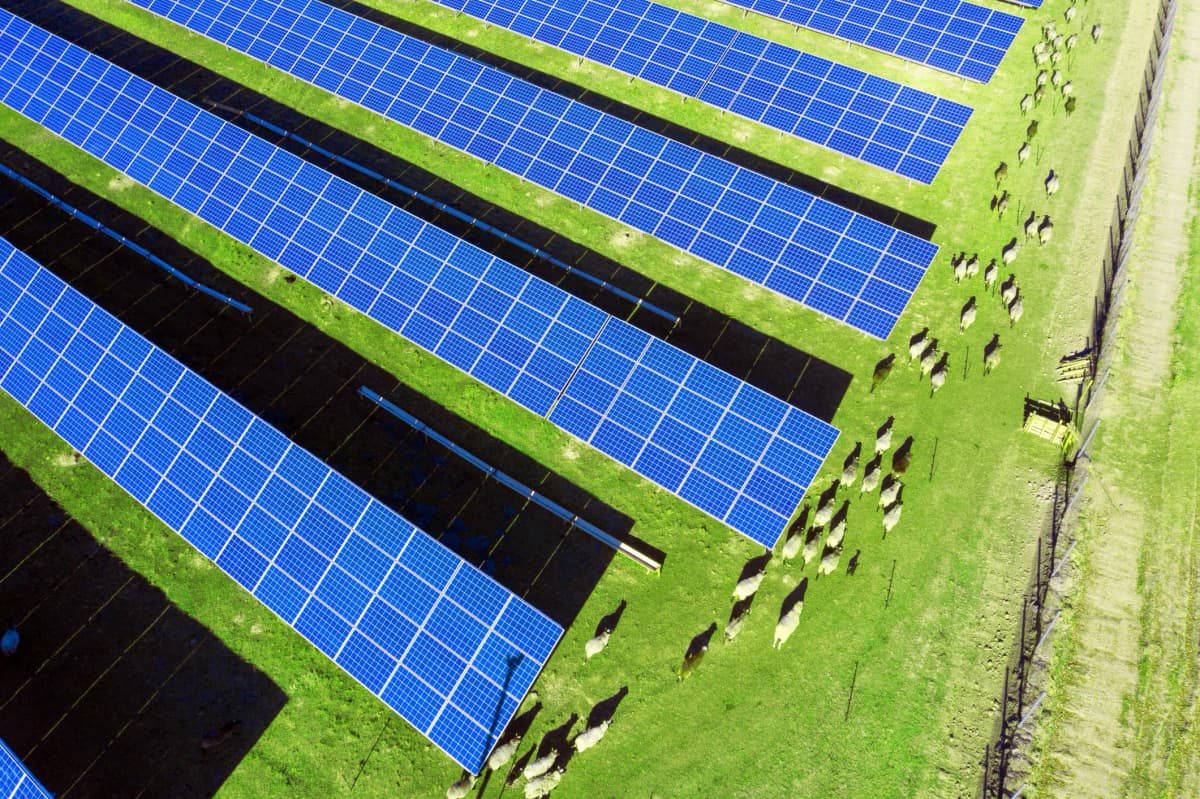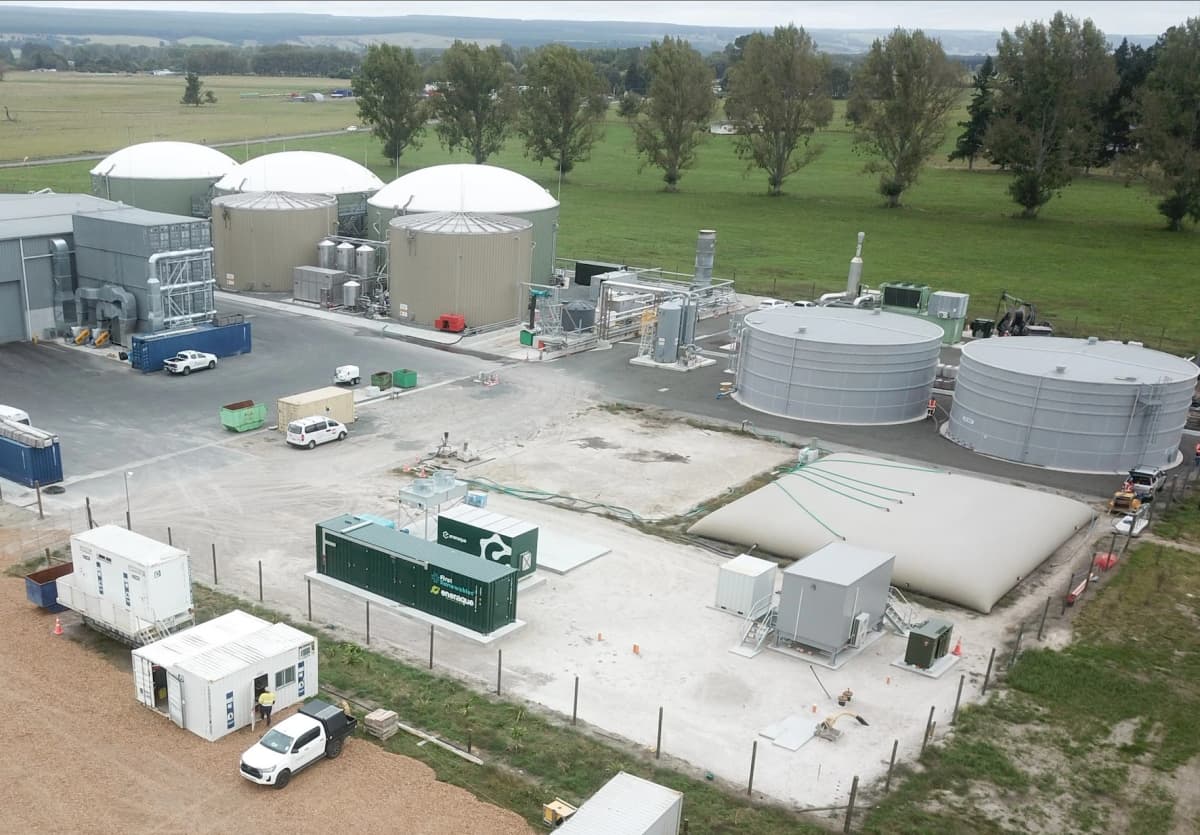Energy is changing, and Clarus is right behind the transition. You’re in the right place if you want to know how one of the country’s largest energy groups is innovating, investing in and implementing renewable gas and solar technology to help us move to a lower emission energy system.

Sourced: Clarus
Proudly powering Kiwis, now and into the future.
We’re proud to power our regions and keep Kiwi lives and businesses energised, now and into the future.
We’re proud to power our regions and keep Kiwi lives and businesses energised, now and into the future.
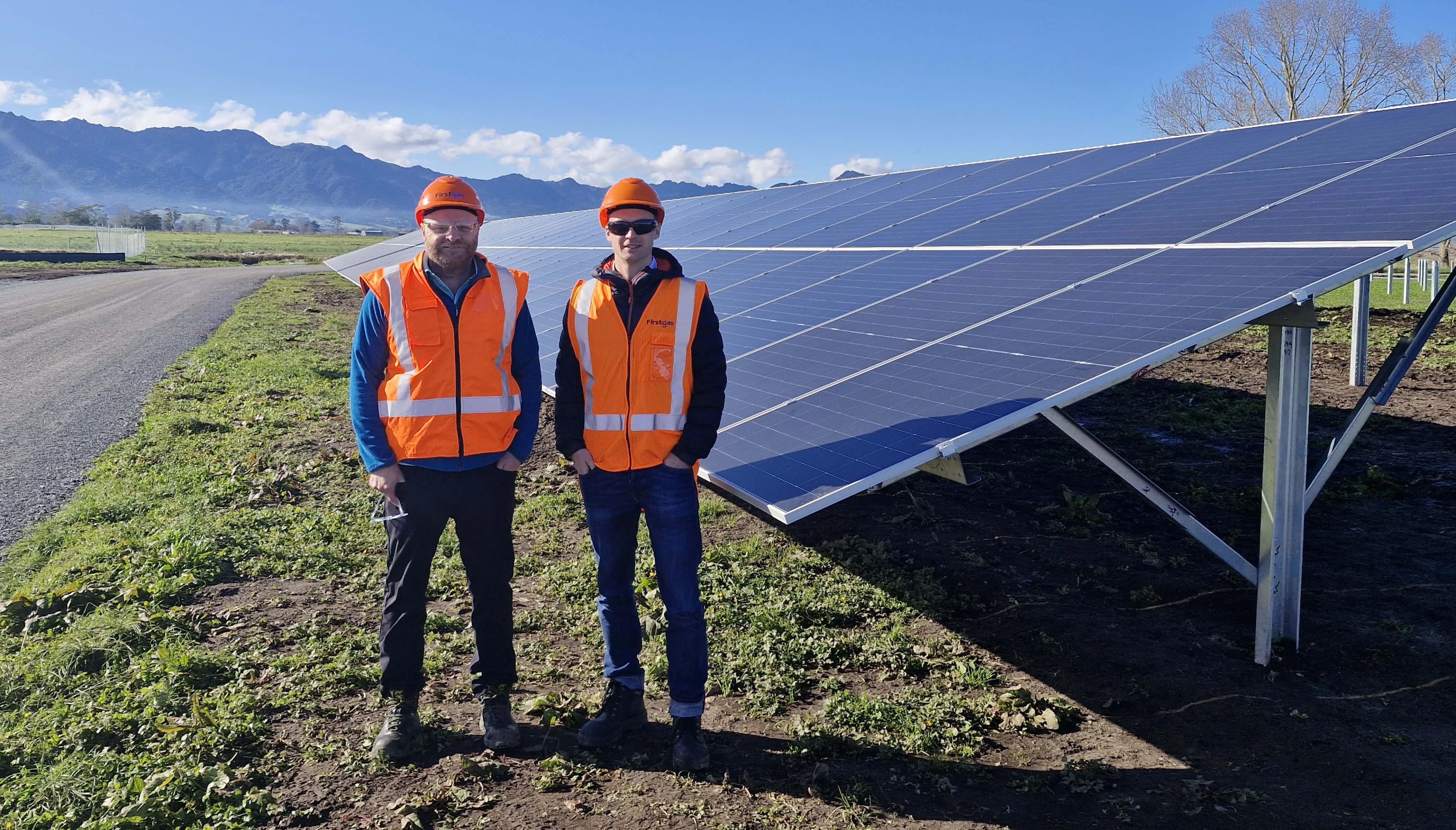
Brad van de Merwe (left) and James Irvine (right), from Clarus next to the Golden Row.
New Zealand’s largest solar farm is coming.
In a major step toward a cleaner energy future, Harmony Energy Limited, in partnership with First Renewables Limited, is bringing New Zealand its largest solar farm, Tauhei Solar Farm.
Construction began in 2025, with commissioning expected by late 2026. Located on 182 hectares near Te Aroha in the North Island, this 202 MWp solar installation will produce 280 GWh of renewable electricity each year, enough to power around 35,000 homes.
It’s a powerful commitment to New Zealand’s low-emissions future, delivering clean, reliable energy at scale.
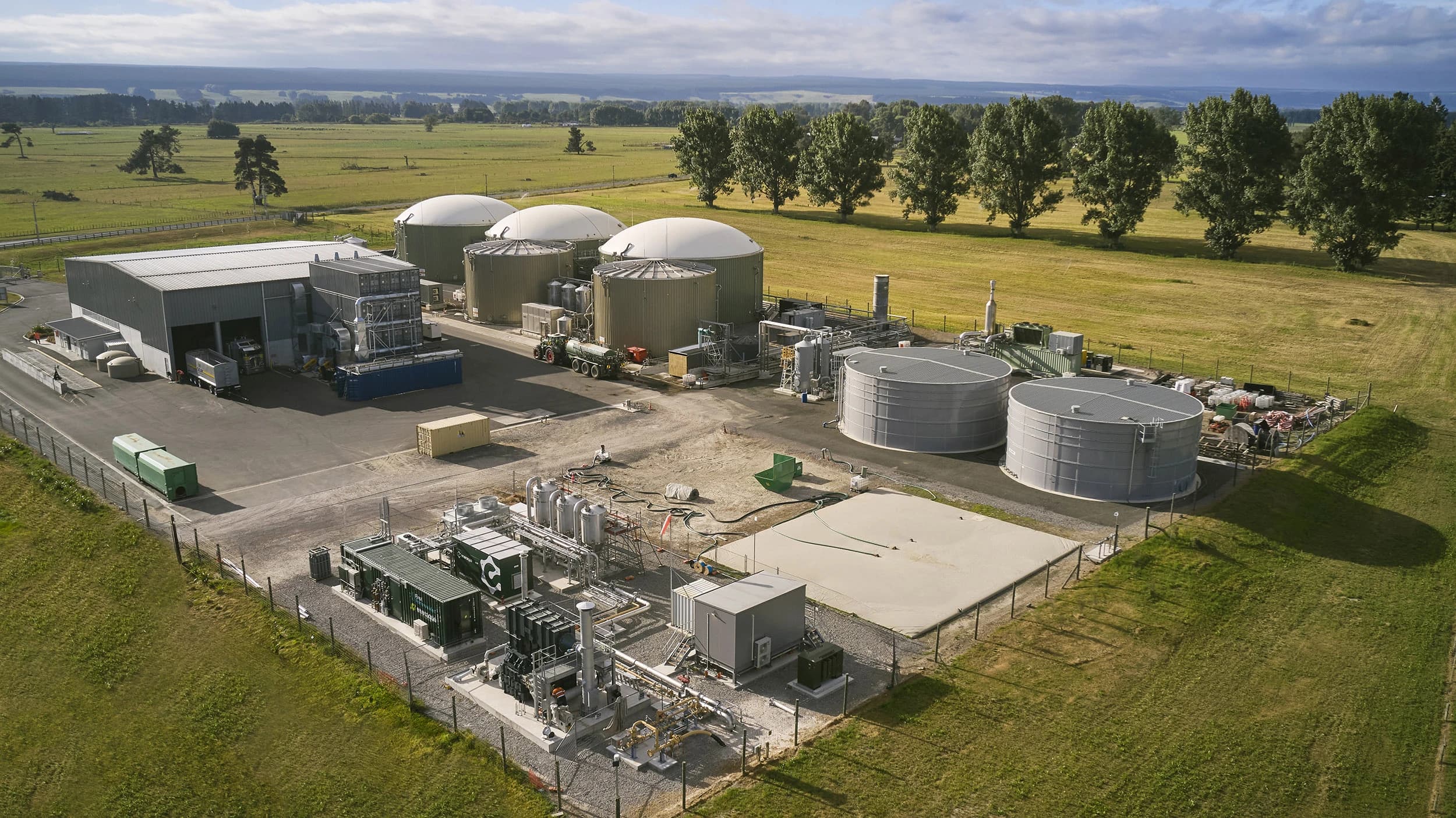
Ecogas Reporoa Organics Processing Facility
Renewable gas
Thousands of Kiwis love the benefits and efficiency that gas provides, from instant heat and precision cooking to endless hot water and a toasty warm home. To help ensure these benefits continue into the future, First Renewables (part of Clarus) has partnered with Ecogas to launch New Zealand’s first facility capable of upgrading biogas into biomethane, a form of renewable gas.
The new facility has already begun transforming biogas into biomethane. Early estimates show it can supply enough renewable gas to power up to 7,200 homes, while reducing CO₂ emissions by 11,000 tonnes per year**. Even better, because biomethane is chemically identical to natural gas, households and businesses can use it with their existing appliances — no changes required.
Our work focuses on demonstrating the feasibility of using New Zealand’s existing gas infrastructure to safely transport renewable gases, so we can trial new technologies, learn from them, and be ready with credible options for the future.
*7,200 houses at an average residential gas demand of 22GJ p.a. = 160TJ p.a. (estimated annual biomethane injected at Broadlands).
**Estimated CO₂ reductions are based on figures from the 2021 Biogas & Biomethane in New Zealand report. The cited 11,000 tonnes CO₂ per year reduction represents approximately 1–2% of the total national reduction potential indicated in that report. Actual reductions may vary depending on operational performance and data assumptions.
Te Horo Hydrogen blending pilot
Te Horo Hydrogen blending pilot
As the country decarbonises and moves towards a net zero carbon future, natural gas will continue to play an important role while we change over to sources of renewable energy. One of these will be renewable gas. Which is what the Te Horo hydrogen blending pilot is all about. Watch our video to learn more.
We’re advancing NZ’s renewable future.
We’re advancing NZ’s renewable future.

Sourced: Clarus
Energy is what we do, but it’s people we do it for.
This could not be more relevant given the extreme circumstances our Firstlight Network team has powered through over the past two years to keep their communities connected. As the lines company for Tairāwhiti and Wairoa, Firstlight Network’s Community Connectedness Programme is about not only keeping the power on and restoring it when the lights go out, but strengthening connectedness with people and the environment, and working with other regional stakeholders on energy initiatives that can help balance supply security, enable decarbonisation and maintain energy affordability now and into the future.





